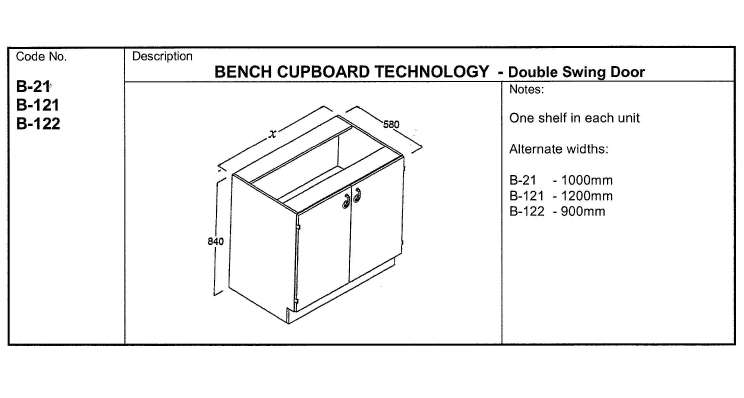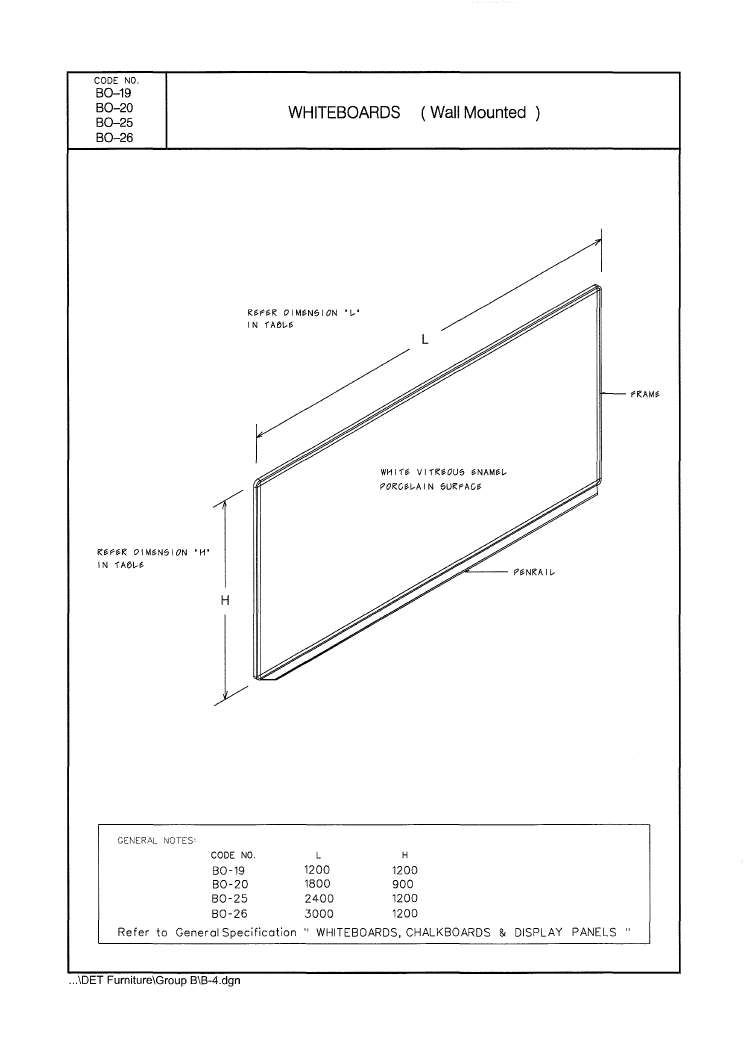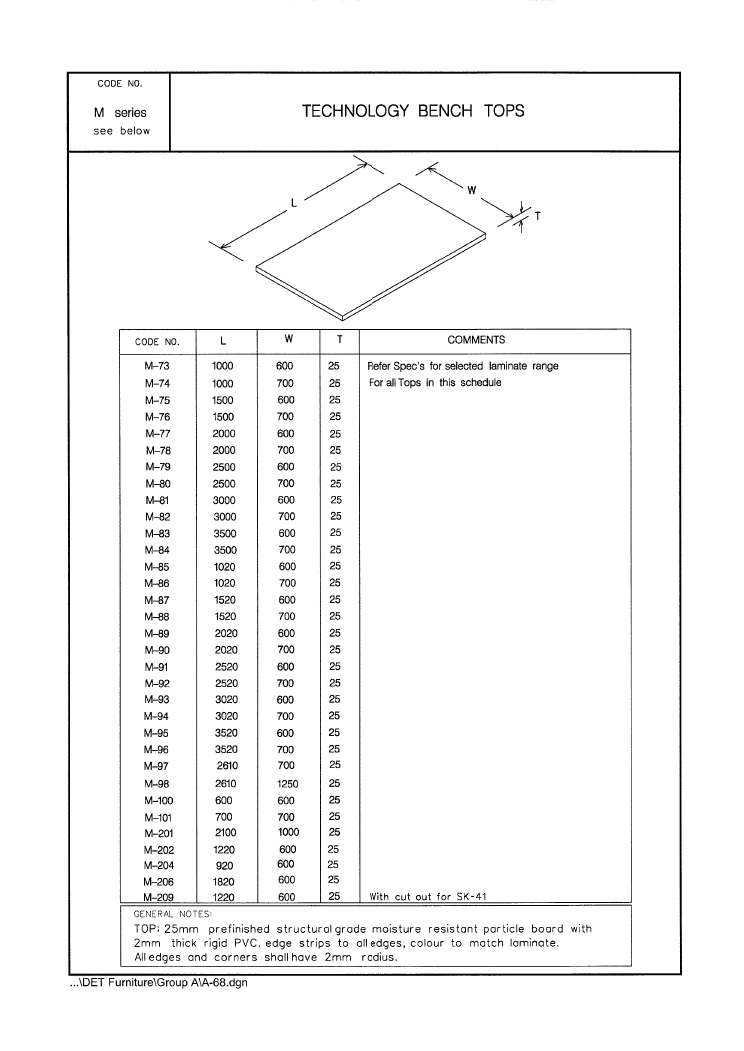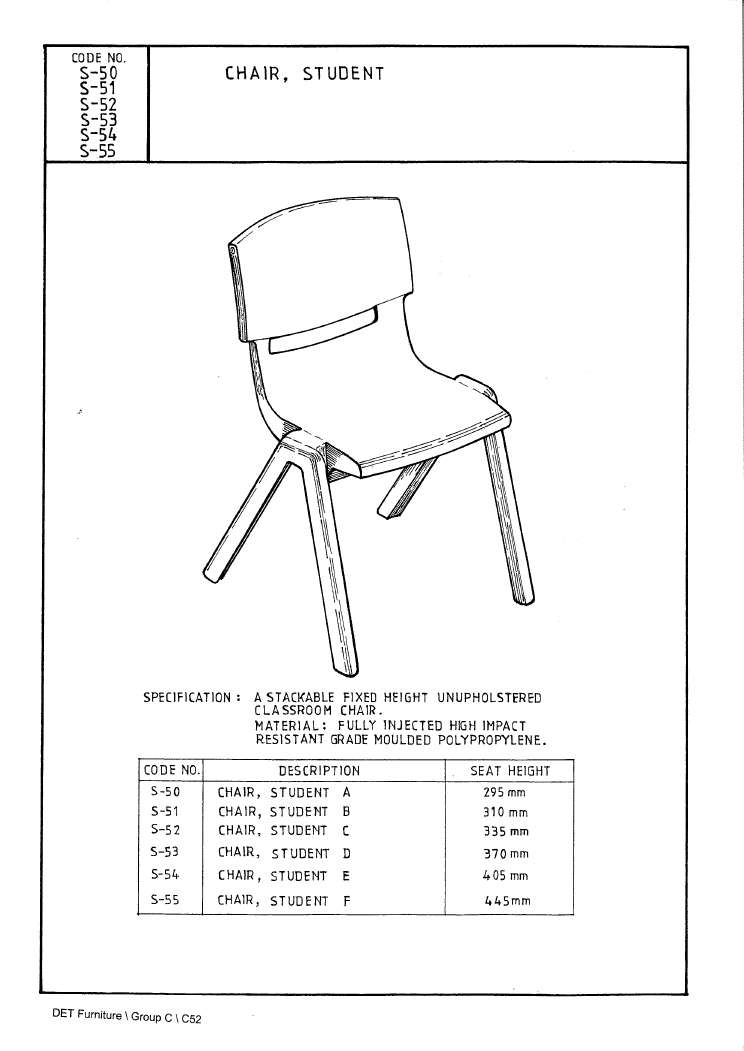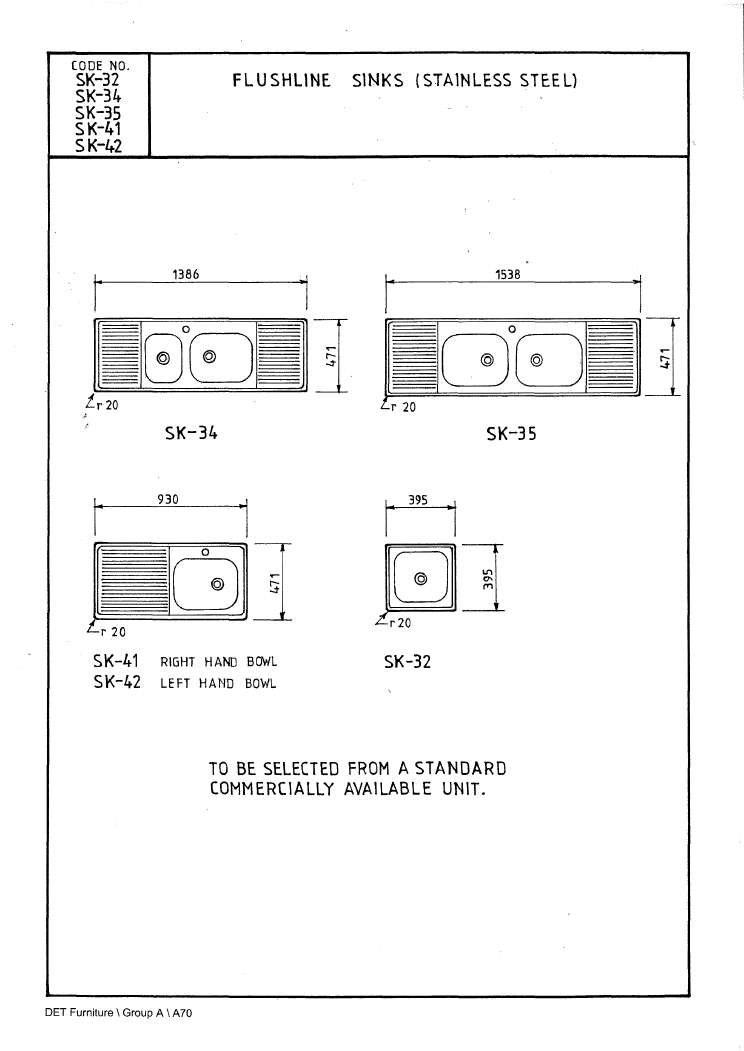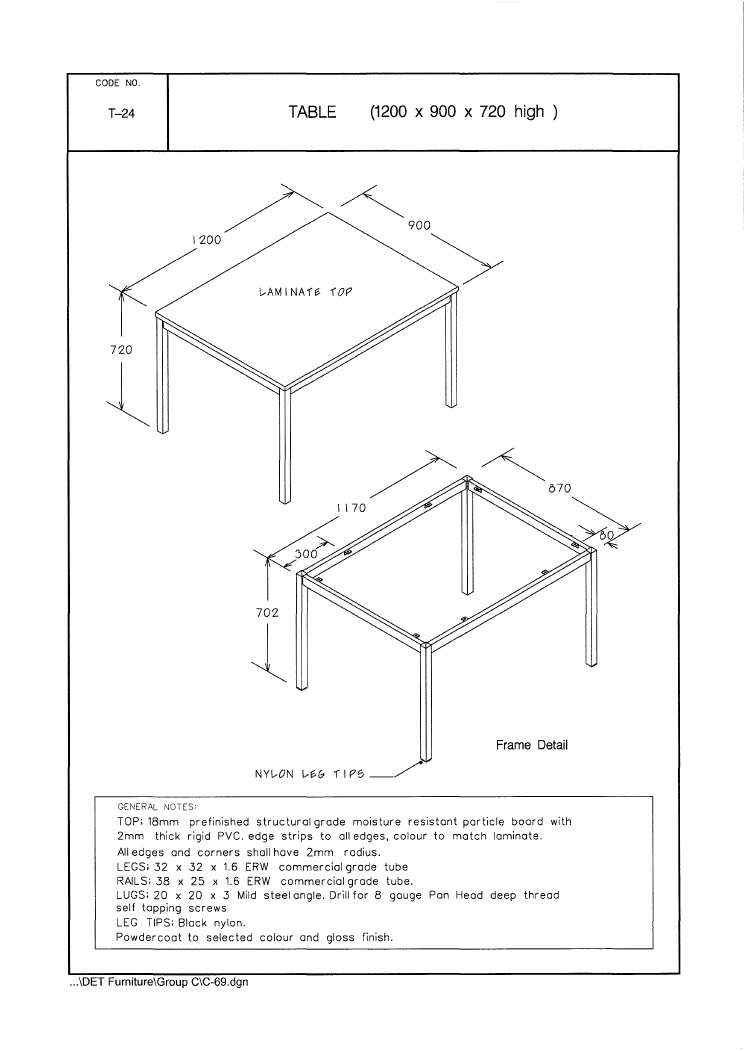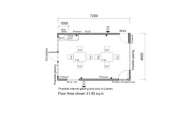The Special Programs Room provides a multipurpose space for up to 16 people. It can be used for individual and small group student, staff and communal learning and formal meetings. Depending on this plan and furniture available, there is some scope for the teacher to modify settings during a session, however it more likely they will need to plan settings in advance to minimise disruptions for students. Noise interference is a factor if learning processes with different acoustic requirements are operated at the same time.
FURTHER OPPORTUNITIES
Possible proximity to the library and other learning areas enables planning for different learning processes and settings that are suited to low noise and low impact activity. There is potential to extend room usage by replacing a window with a door enabling the teacher to plan for inside and outside learning activities. The provision of a safety floor around the sink would increase the types of learning activities that require wet material.
LEARNING IMPLICATIONS
The room is suitable for dialogue/discuss/read or tell stories; display/share/exchange and explicitly teach/demonstrate/present activities. Small group low noise and low impact independently reflect/research/enquire/consolidate and rehearse/perform activities may be possible if all occupants are engaged in the same learning process simultaneously. Explore/Investigate/create and fabricate/construct activities are limited to lightweight materials as surfaces are not durable.
Explore ideas, share and develop opinions, debate and decide.
This learning process is effective with small to large groups provided specific criteria can be met.
Display, exchange and encounter learning artefacts.
This learning process is effective with small to very large groups provided specific criteria can be met.
Teachers and/or students demonstrate, communicate ideas and/or teach explicitly.
This learning process is effective with small to very large groups provided specific criteria can be met.
Hands on interaction, experimentation and evaluation with materials to discover, design and test.
This learning process is effective with small to very large groups provided specific criteria can be met.
Implement, build or assemble systems and media.
This learning process is effective with small to very large groups provided specific criteria can be met.
Use written, graphical and digital resources to personally reflect, consolidate and/or enquire.
This learning process is for individual or small groups and is effective provided specific criteria can be met.
Practise, refine and execute performance based activity.
This learning process is effective with small to very large groups provided specific criteria can be met.
Ratings against the Design Criteria
All criteria regarding spatial layout, fit-out, visibility and acoustics can be met.
Most criteria regarding spatial layout, fit-out, visibility and acoustics can be met. Some consideration will need to be given to determine whether constraints on ease of use, group size or materials will compromise the learning outcomes.
Few of the criteria regarding spatial layout, fit-out, visibility and acoustics can be met. A lot of consideration will need to be given to determine how the constraints on ease of use, group size or materials can be overcome.
Very few of the criteria regarding spatial layout, fit-out, visibility and acoustics can be met. This space should only be used for this learning mode as a last resort.
This space is incapable of supporting this learning mode.
This learning process is not employed with this size group.



